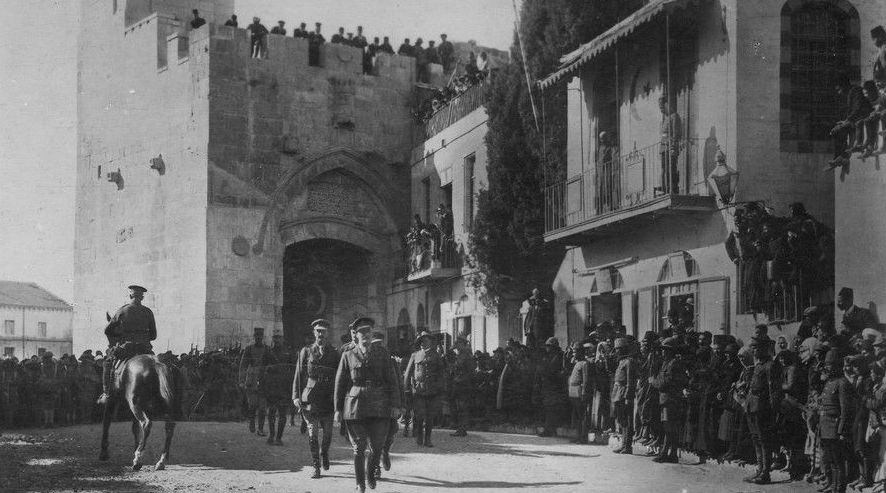The Gardens of Mughal Kashmir
Episode 346
hosted by Nir Shafir and Polina Ivanova
Feed | iTunes | GooglePlay | SoundCloud
Over the course of the seventeenth century, Kashmir became a valley adorned with gardens as Mughal emperors and nobles built garden after garden across the valley floor and mountainous landscape. In this episode, we speak with landscape architect and preservation specialist Jan Haenaerts on his research into the history of these gardens. We discuss not only their historical formation and usage of these spaces but also how they differed from the more well known Mughal gardens surrounding the Taj Mahal and Humayun's tomb. In the second half of the episode we also explore the difficulty of conserving historical gardens and landscapes in general and how this occurs in conflict areas such as Kashmir.
Stream via SoundCloud
Contributor Bios
 |
Jan Haenraets Jan Haenraets is a Landscape Architect and preservation specialist, and Professor at the Preservation Studies Program at Boston University. He is a Director of Atelier Anonymous, Vancouver, BC, a landscape consultancy team, and is a founder of the AtelierAnon-Global Landscape Foundation. He was Head of Gardens and Designed Landscapes of the National Trust for Scotland and supports the Indian National Trust for Art and Cultural Heritage, Jammu and Kashmir Chapter as an adviser. |
 |
Nir Shafir is a historian whose research explores the intellectual and religious history of the early modern Middle East, with a focus on material culture and the history of science and technology. He curates Ottoman History Podcast’s series on history of science in addition to being one of the co-founders of hazine.info, a website that explores the archives and libraries of the Islamic world. He is an assistant professor of history at UCSD.
|
 |
Polina Ivanova is a Ph.D. Candidate at Harvard University and a 2016-18 Tyler Fellow at Dumbarton Oaks Research Library and Collection. Her interests include history of the medieval Mediterranean, Anatolia and Iran, as well as archaeology and material culture studies.
|
Credits
Episode No. 346
Release Date: 12 February 2018
Recording Location: Washington, D.C.
Audio editing by Onur Engin
Music: सुपरहिट कश्मीरी गीत - Tou Bal Da Rayni Saari Raat - Album: Yaar Di Mehndi
Images and bibliography courtesy of Jan Haenraets
Release Date: 12 February 2018
Recording Location: Washington, D.C.
Audio editing by Onur Engin
Music: सुपरहिट कश्मीरी गीत - Tou Bal Da Rayni Saari Raat - Album: Yaar Di Mehndi
Images and bibliography courtesy of Jan Haenraets
Images
 |
| Shalimar Garden, Srinagar (Source: Samuel Bourne c.1860, British Library) |
 |
| Dal Lake at Srinagar viewed from the Mughal bagh of Peri Mahal (Source: Jan Haenraets 2015) |
Select Bibliography
Crowe, S. (1972). The Gardens of Mughul India: A History and a Guide, Thames & Hudson (London).
Hussain, M., Rehman, A. and Wescoat, J.L. (eds.) (1996). The Mughal Garden: Interpretation, Conservation and Implications, Ferozsons (Lahore).
INTACH Jammu & Kashmir and Haenraets, J. (2010). 'Mughal Gardens in Kashmir, UNESCO World Heritage Tentative List', UNESCO World Heritage Centre (Paris)
Wescoat, J.L. and Wolschke-Bulmahn, J. (eds.) (1996). Mughal Gardens: Sources, Places, Representations and Prospects, Dumbarton Oaks (Washington, DC).
World Monuments Fund (2008). ‘Srinagar Heritage Zone’, WMF (New York).











Comments
Post a Comment
Due to an overwhelming amount of spam, we no longer read comments submitted to the blog.